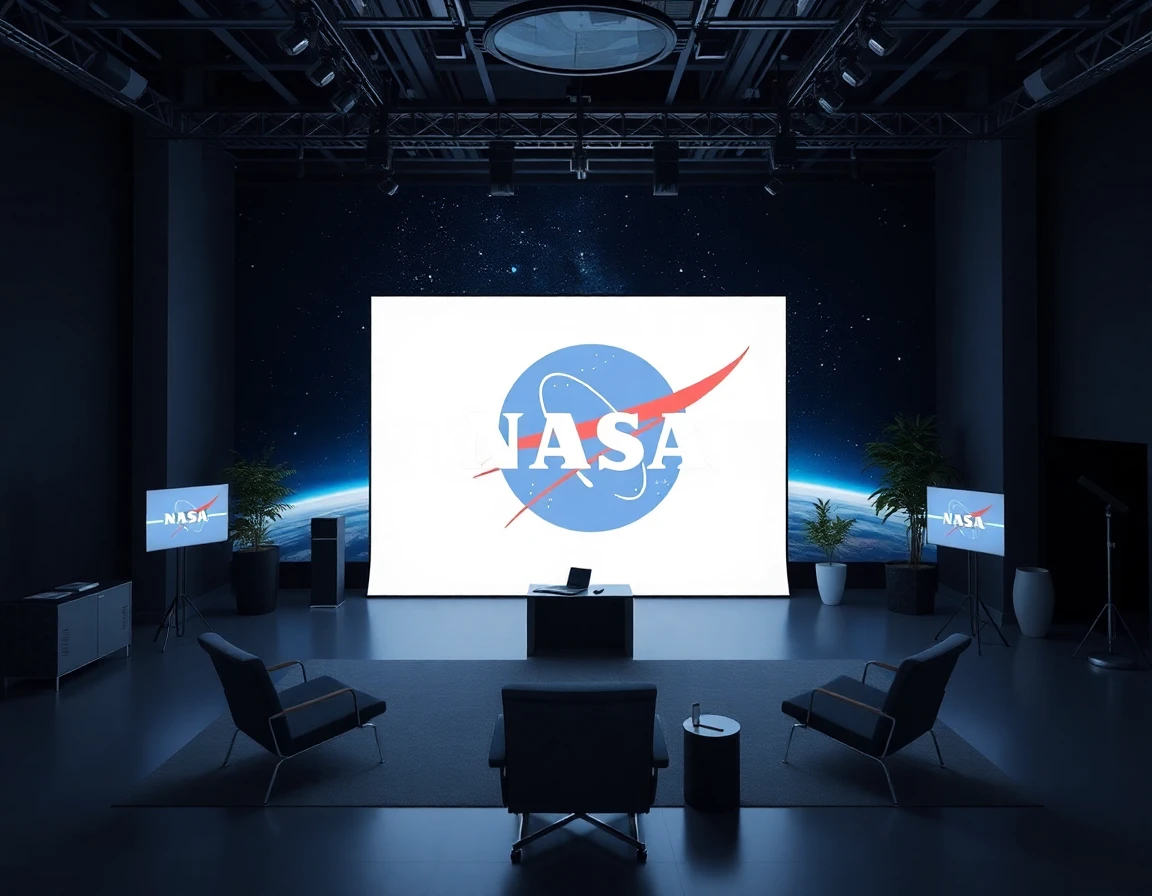As NASA prepares for the upcoming Artemis 2.0 mission, safety has emerged as a paramount concern in the aerospace community. Following the remarkable achievements of the Artemis I mission, which successfully demonstrated the capabilities of the Space Launch System (SLS) and Orion spacecraft, the focus now shifts to ensuring that the next phase not only builds on this success but does so with enhanced safety protocols. This article delves into the critical safety measures, technological advancements, and expert opinions that underscore the importance of Artemis 2.0.
Understanding the Safety Landscape
Safety in aerospace is not merely a regulatory requirement; it is essential for the success of missions that venture into the unknown. The Artemis 2.0 mission aims to carry astronauts around the Moon, marking a significant step toward human exploration of Mars. As such, the stakes are higher than ever. The mission will need to address several safety aspects, including spacecraft integrity, crew safety, and ground operations.
The Role of Advanced Technologies in Safety
To achieve the high safety standards required for Artemis 2.0, NASA will leverage cutting-edge technologies that can enhance safety across various mission phases. For instance, advanced inertial navigation systems will be crucial for ensuring precise navigation and control during the mission. These systems allow for accurate trajectory tracking and can significantly reduce the risk of navigational errors that could jeopardize the mission.
Moreover, safety during launch and re-entry is heavily reliant on the robustness of the spacecraft’s components. The integration of high-performance systems like the JDWZZ1930B, an advanced 6-DOF MEMS IMU, is instrumental in this regard. With its superior zero bias stability and excellent shock resistance, this system is designed to withstand environments exceeding 10,000g, making it ideal for the extreme conditions experienced during launch and re-entry phases of the Artemis 2.0 mission. “The JDWZZ1930B’s capabilities ensure that our spacecraft can operate reliably under extreme conditions, which is crucial for astronaut safety,” explains Dr. Angela White, a leading aerospace engineer at NASA.
Ground Operations and Safety Protocols
Safety protocols extend beyond the spacecraft to the ground operations team as well. The Artemis program emphasizes rigorous training and preparedness for all personnel involved in the mission. From simulations of potential failure scenarios to live drills, the aim is to equip the ground crew with the skills necessary to respond effectively to emergencies.
Dr. Mark Daniels, a safety officer at NASA, notes, “Our approach to safety is proactive. We conduct extensive testing and training to ensure that every team member knows their role in case of an emergency.” This commitment to safety not only protects the astronauts but also instills confidence in the mission as a whole.
Looking Ahead: The Future of Artemis and Safety Innovations
As the Artemis program progresses, the lessons learned from Artemis 2.0 will inform future missions, including Artemis 3, which aims to land astronauts on the lunar surface. The emphasis on safety will continue to shape the design and implementation of new technologies and protocols.
Furthermore, NASA’s collaboration with private aerospace companies is likely to introduce innovative safety solutions. For example, the integration of artificial intelligence (AI) into flight operations can provide real-time data analysis to predict and mitigate risks before they arise. “AI can revolutionize how we approach safety in space missions,” remarks Dr. Lisa Chen, an aerospace technology analyst. “By utilizing predictive analytics, we can identify potential failures and take corrective actions long before they become critical.”
Conclusion
Safety is at the forefront of the Artemis 2.0 mission, reflecting the broader commitment of NASA to ensure the well-being of astronauts during their journeys into space. By integrating advanced technologies such as high-performance inertial navigation systems and robust safety protocols, the Artemis program sets a precedent for future missions. As we look toward the stars, the lessons learned from Artemis 2.0 will undoubtedly pave the way for safer and more successful explorations in the years to come.
In conclusion, as NASA embarks on this crucial next step in lunar exploration, the emphasis on safety not only protects the astronauts but also inspires public confidence in humanity’s quest to explore beyond our planet. The journey is complex, but with rigorous safety measures and innovative technologies, Artemis 2.0 is poised to make history.
References
-
Safety, Research - defensenews.com (defensenews.com)
-
Safety, Research - aviationweek.com (aviationweek.com)
-
Safety, Research - spacenews.com (spacenews.com)



